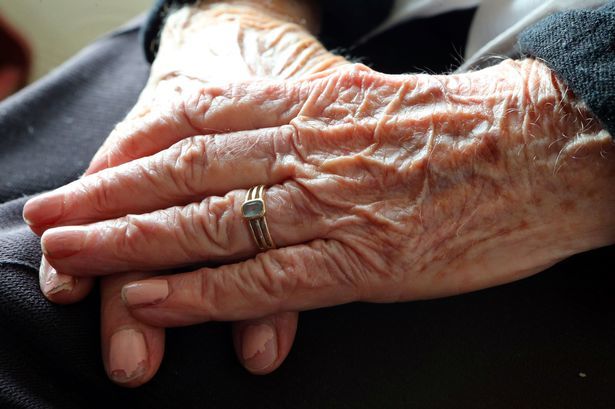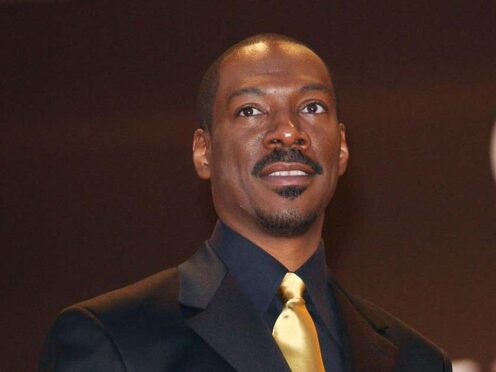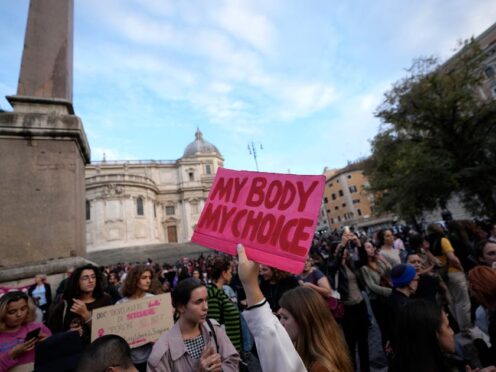Dementia and Alzheimer’s disease has become the leading cause of death in England and Wales for the first time, new figures show.
An ageing population and better diagnosis of the condition has led to dementia and Alzheimer’s knocking ischaemic heart disease from the top spot, statisticians said.
Of the 529,655 deaths registered in England and Wales in 2015, 11.6% were attributable to dementia or Alzheimer’s, according to the Office for National Statistics (ONS).
Among those aged 80 or over, dementia and Alzheimer’s accounted for 13.7% of male deaths and 21.2% of deaths among women.
Meanwhile, the mortality rate for dementia and Alzheimer’s has more than doubled over the last five years, the figures show.
But due to improvements in treatment, diagnosis and awareness, the mortality rates for the other top five leading causes of death – including ischaemic heart disease, chronic lower respiratory disease, lung cancer and cerebrovascular diseases such as strokes – have fallen since 2001.
The ONS data shows that for 2015, ischaemic heart diseases was the second leading cause of death, accounting for 11.5% of deaths.
But when the figures are broken down by gender, they show that heart disease is still the leading cause of death for men and dementia and Alzheimer’s disease were certified as the main cause of death among women.
“In 2015, dementia and Alzheimer’s disease became the leading cause of death in part because people are simply living longer but also because of improved detection and diagnosis,” said Elizabeth McLaren, head of life event statistics at the ONS.
The figures also show large variation among age groups – people over 80 were more likely to die from dementia and Alzheimer’s deaths – while suicide was the leading cause of deaths for people aged under 35.
Meanwhile, breast cancer remains the leading cause of death for women, aged 35 to 49.
But when all forms of cancer are grouped together, cancer was the most common cause of death in 2015, accounting for 27.9% of all deaths.










